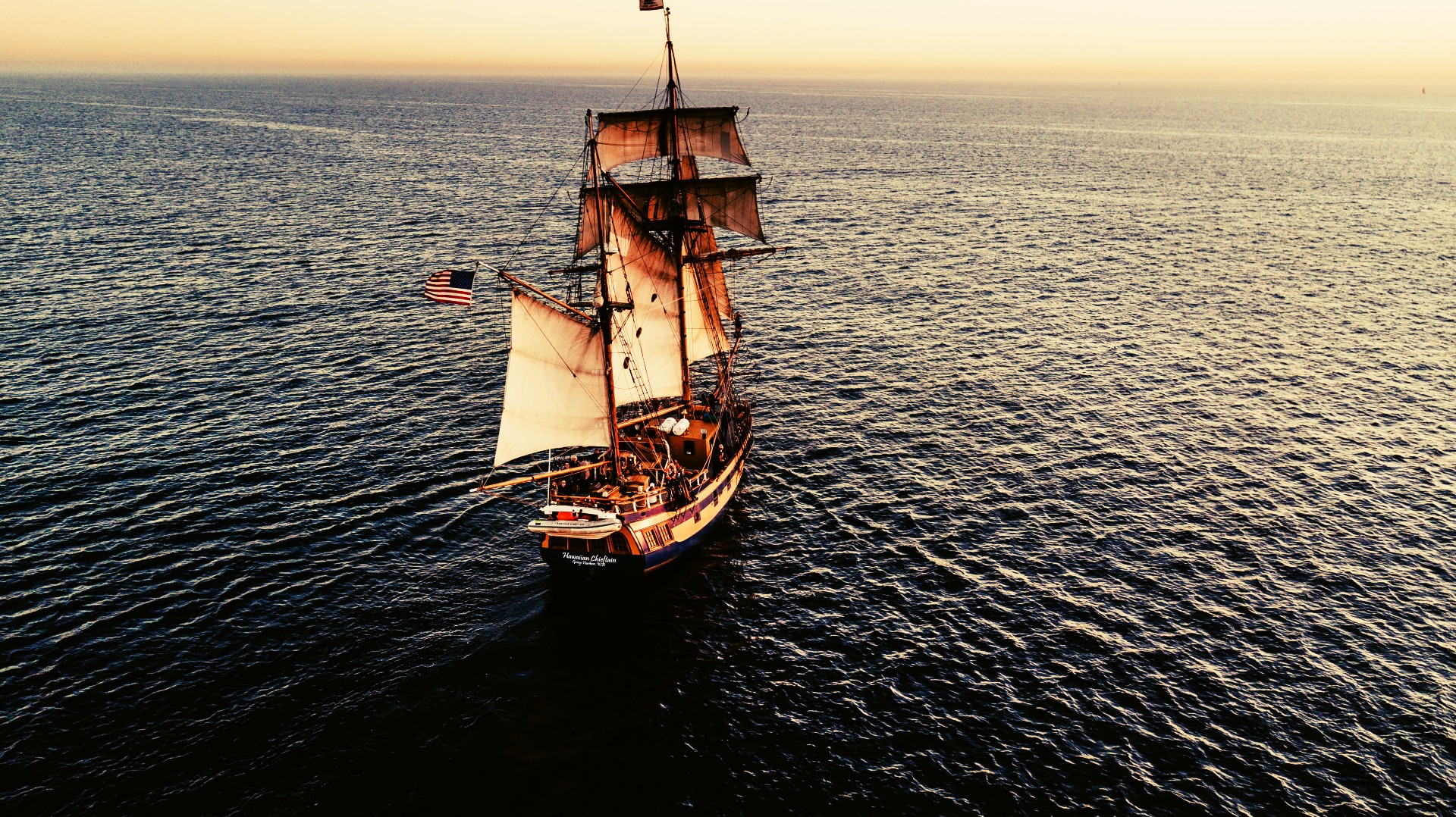
Facts About Ships in the Early 1900s
Some facts about ships in the early 1900s might surprise you. They include Paddle steamers, Clipper ships, Steam engines, and Submarines. This article provides you with an overview of some of these ships. The information in this article is intended for general knowledge and may not be helpful to someone unfamiliar with these types of boats.
Clipper ships
The clipper ships of the early 1900s were excellent examples of shipbuilding. With their fast speeds, elongated hulls, and delicate shapes at both ends, these ships proved an excellent alternative to steamers. Even though the clippers were prone to weather and other variables, their speed made them the preferred method of transport. Their payload capacity and delivery time were less important than the speed of the ships.
Typically carrying a crew of 25-50 sailors, clippers sailed from South Asia to England in less than two months. By the 1850s, journey times had been shortened by half. One of the world’s most famous clipper ships, the “Oriental,” sailed from Hong Kong to London in 97 days and set a new record of 436 nautical miles in a single day.
Steam engines
Steam engines were the primary power sources on ships and were used by the navy to propel them. The steam provided by the engines would help drive the boat for many miles. The early versions of these engines had flywheels geared to the crankshaft. This was thought to give the engine a smooth operation. However, the early flywheels were noisy.
The steam engines of the early 1900s were powered by a combination of steam and a piston. The smoke would be condensed and pushed to a piston. This resulted in greater efficiency. The mist was collected in the second cylinder at lower pressure. This new type of engine was made possible by advances in metallurgy. John Elder installed a two-stage steam engine on his merchant steamer, Brandon. This improved the ship’s efficiency, which was necessary for ocean-keeping navies.
Submarines
Submarines and ship in the early twentieth century were relatively simple affairs. While the first generation of ship was mainly sailing vessels, they soon began to be replaced by more powerful ship. This new breed of ship was known as long-haul cargo tramp steamers, and their owners could control them by telegraph or radio. At the same time, other ship were being built specifically for specialized purposes, such as oil tankers. These ship were often equipped with large guns. Different types of ship of the era included cattle and grain ship and cable-laying ship.
Submarine technology improved significantly by the late nineteenth century, but early subs were still limited to short runs close to shore. However, an American engineer named Simon Lake constructed a new type of submarine called the Argonaut. It featured wheels, a periscope, and a diving chamber. A crew operated a small internal treadmill, allowing the sub to stay submerged longer than previous models.
Regulations governing safety at sea
Regulations governing safety at sea have evolved to protect maritime personnel and the environment. International conventions such as the SOLAS Code set minimum standards for the construction and safety equipment on ship and require regular ship surveys and certificates of compliance from flag states. Another international convention, known as MARPOL, addresses pollution from ship, such as oil, bulk chemicals, and sewage. Various other maritime instruments are also in force.
The Valdez disaster in Alaska changed maritime safety regulations worldwide. A tanker carrying a gas or oil tank sank in March 1978 due to a steering gear failure, spilling 1.6 million barrels of oil. The incident resulted in public outcry, leading to updates to SOLAS and MARPOL. Safety audits were also initiated, leading to the 1982 Paris Memorandum of Understanding, which created the Port State Control system. This made it impossible for non-compliant ships to hide and avoid repercussions.
